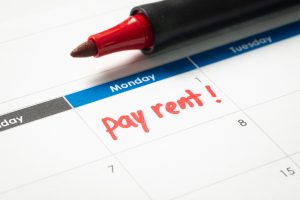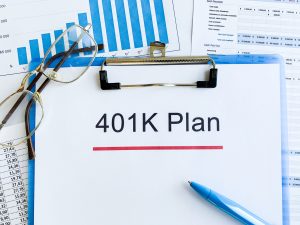Many individuals face the daily challenge of managing their finances while living paycheck to paycheck. Recent studies indicate that nearly 60% of Americans report a precarious financial situation, struggling to cover basic expenses without a substantial cushion for emergencies. With inflation and increasing living costs, this predicament has become more pronounced, necessitating effective personal finance strategies for those caught in this cycle.
Budgeting as a Fundamental Tool
Creating a detailed budget is an essential first step for anyone navigating financial tightrope walking. Financial experts suggest employing the 50/30/20 rule: allocate 50% of income to needs, 30% to wants, and 20% to savings and debt repayment. This method encourages individuals to distinguish between essential expenses and discretionary spending, thereby fostering better financial habits.
In addition to traditional budgeting, digital tools and applications can streamline this process. For instance, platforms like Mint and YNAB (You Need A Budget) allow for real-time tracking of expenses and help users maintain a clear monthly overview. According to a 2023 survey conducted by the National Endowment for Financial Education, users of budgeting apps feel more in control of their finances and report higher savings levels compared to those who do not.
Market Impact: The Rising Cost of Living
The current economic climate plays a pivotal role in personal finance management for many households. With the Consumer Price Index rising approximately 3.7% over the last year, the strain on disposable income has led more individuals to seek additional income sources. While many traditionally relied on overtime or secondary jobs, the gig economy is increasingly becoming a viable option. Reports from the Bureau of Labor Statistics reveal that gig-derived income rose 15% in the past year, indicating a significant shift in how people supplement their earnings.
Understanding market trends is crucial. For example, rising interest rates have impacted credit card debt, now exceeding $1 trillion in the U.S. High-interest debt can create a vicious cycle for those living paycheck to paycheck, often leading to late fees and further financial instability.
Expert Opinion on Debt Management
To effectively manage financial obligations, experts recommend prioritizing debt repayment strategies such as the avalanche and snowball methods. According to financial advisor Mark Johnson, utilizing the avalanche method—where individuals pay off debts with the highest interest rates first—can save considerable money over time. “For those struggling with multiple debts, attacking the most expensive debt first can reduce the overall interest paid and shorten the repayment period,” Johnson explains.
Additionally, financial literacy programs can equip individuals with necessary skills to avoid common pitfalls that lead to debt accumulation. Institutions and non-profits are increasingly offering courses that cover topics such as investment basics, credit score improvement, and savings strategies, empowering participants to take control of their financial futures.
How to Build an Emergency Fund
Creating an emergency fund may seem daunting, especially for those already experiencing financial strain. However, experts advise starting small—aiming for just $500 as a preliminary goal. A study conducted by the Pew Charitable Trusts found that having even a modest emergency fund reduces the likelihood of falling into debt crisis. Building this safety net requires discipline but can be accomplished by setting aside a small percentage of income each payday.
Furthermore, automatic transfers to savings accounts can help individuals resist the temptation to spend. As financial coach Lisa Green notes, “By automating savings, you can pay yourself first and gradually build a cushion that can alleviate some financial stress when unexpected expenses arise.”
What’s Next for Paycheck-to-Paycheck Earners?
As the landscape of personal finance continues to evolve, individuals living paycheck to paycheck must remain adaptable. The potential for increased wages, shifts in job markets, and the ongoing debate about inflation will play significant roles in defining future financial stability. Awareness and preparedness will be key facets of success.
Looking ahead, experts emphasize the importance of financial literacy and continuous learning. By equipping themselves with knowledge and implementing practical strategies, individuals can improve their financial circumstances and work toward breaking free from the paycheck-to-paycheck cycle.
In conclusion, while living paycheck to paycheck presents significant challenges, informed personal finance practices can enhance stability. Through effective budgeting, proactive debt management, and developing an emergency fund, individuals can begin to reclaim control over their financial destinies, ultimately leading to a brighter economic future.








